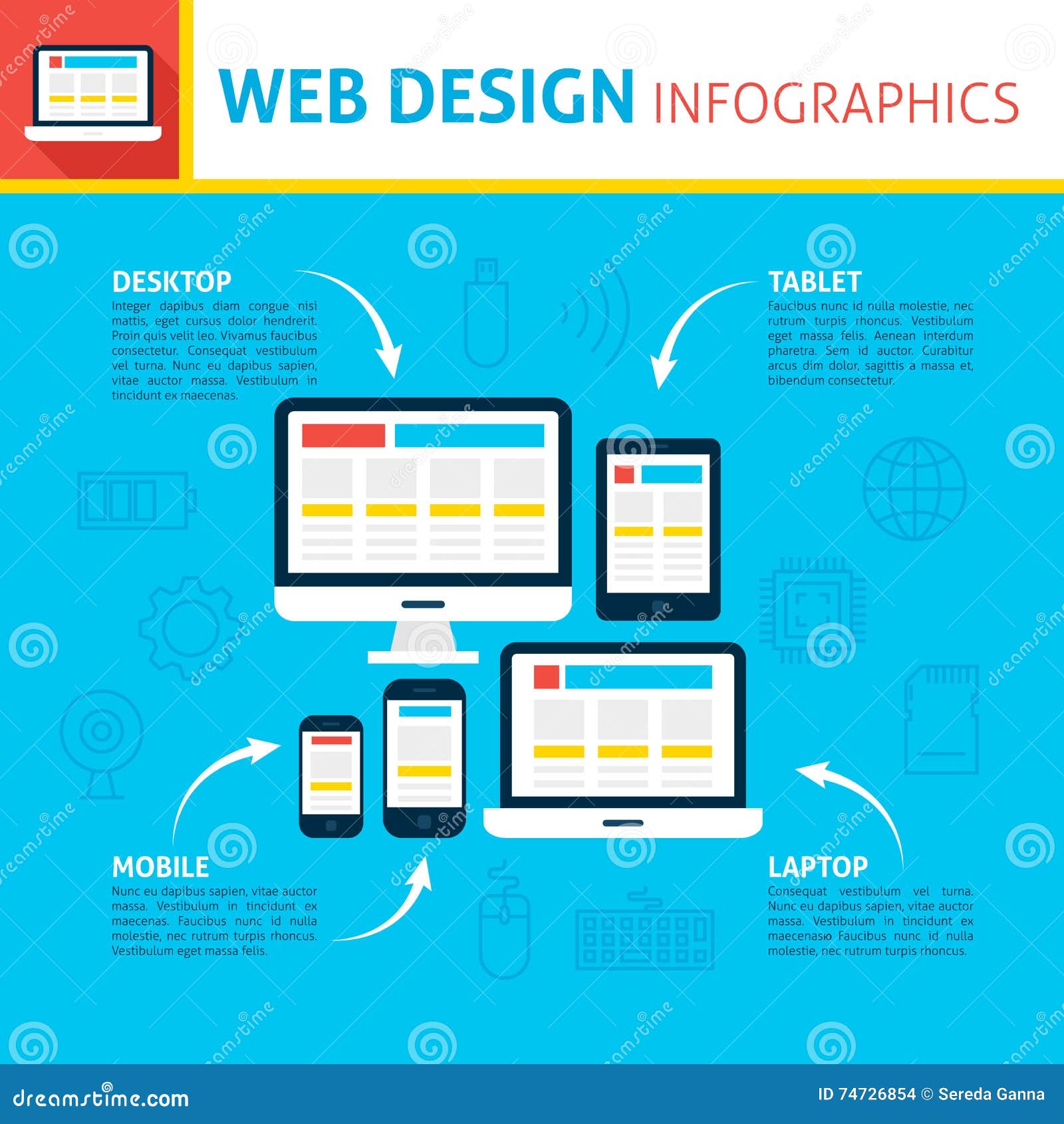The Growth Of Site Design: From Earlier Times To Now
The Growth Of Site Design: From Earlier Times To Now
Blog Article
Content By-Johnsen Bojesen
In the past, internet sites were straightforward and focused on info. Navigating was direct, and style was for desktops. Now, individual experience is vital. Data guides layouts for simple navigating. Responsive layouts match different devices. Today, dark setting minimizes stress, and minimalist menus improve navigating. Interactive features engage customers, and bold visuals stand out. AI assimilation boosts engagement. See how design has actually advanced to boost your online trip.
Early Days of Website Design
In the very early days of website design, simplicity reigned supreme. Web sites were standard, with minimal colors, fonts, and formats. The emphasis got on supplying info rather than flashy visuals. Users accessed the web with sluggish dial-up links, so rate and functionality were key.
Navigation menus were straightforward, usually situated at the top or side of the web page. Sites were designed for desktop computers, as mobile surfing wasn't yet common. Material was king, and developers focused on very easy readability over intricate style components.
HTML was the main coding language utilized, and developers needed to function within its constraints. Animations and interactive functions were very little contrasted to today's criteria. Internet sites were static, with little dynamic content or personalized customer experiences.
Increase of User-Focused Style
With the advancement of internet site style, a change towards user-focused layout concepts has actually come to be progressively noticeable. Today, creating websites that prioritize user experience is essential for engaging site visitors and attaining service objectives. User-focused style includes recognizing the needs, choices, and habits of your target audience to tailor the site's layout, content, and includes accordingly.
Designers now carry out complete research, such as individual studies and functionality testing, to gather understandings and comments directly from customers. This data-driven approach aids in producing user-friendly navigating, clear calls-to-action, and aesthetically appealing interfaces that reverberate with visitors. By putting the individual at the facility of the style process, websites can supply a much more individualized and delightful experience.
Responsive layout has additionally emerged as a vital facet of user-focused design, making certain that internet sites are enhanced for numerous tools and display sizes. https://studybreaks.com/thoughts/7-essential-on-page-seo-tips-every-business-should-follow/ and functionality, satisfying the varied means customers interact with web sites today. Essentially, https://www.prnewswire.com/news-releases/digital-marketing-market-to-be-valued-at-460-billion-by-2022-says-beroe-inc-301497636.html of user-focused design represents a change towards creating digital experiences that prioritize the requirements and expectations of the end individual.
Modern Trends in Web Design
Discover the latest trends forming web design today. One popular fad is dark mode layout, providing a streamlined and modern-day appearance while lowering eye strain in low-light environments. One more essential fad is minimal navigating, simplifying food selections and enhancing user experience by focusing on essential elements. Including micro-interactions, such as computer animated buttons or scrolling effects, can create an extra appealing and interactive web site. Receptive design stays vital, making certain smooth user experiences across numerous tools. Additionally, utilizing bold typography and asymmetrical formats can add visual passion and accentuate certain material.
Integrating AI technology, like chatbots for customer assistance or personalized referrals, enhances customer engagement and improves processes. Accessibility has likewise come to be a significant pattern, with designers focusing on inclusive style practices to satisfy diverse customer demands. Embracing sustainability by optimizing website efficiency for speed and efficiency is another arising trend in web design. Collaborating with user comments and information analytics to repeat and boost style constantly is vital for staying pertinent in the ever-evolving digital landscape. By accepting these contemporary patterns, you can develop a visually attractive, easy to use internet site that resonates with your target market.
Conclusion
As you assess the evolution of internet site layout from the early days to now, you can see how user-focused style has ended up being the driving pressure behind contemporary fads.
Welcome the journey of change and adaptation in web design, constantly maintaining the individual experience at the center.
Tippingpointdigital
Stay present with the most recent patterns and technologies, and never stop advancing your method to develop visually spectacular and user-friendly websites.
Develop, adjust, and create - the future of web design is in your hands.
